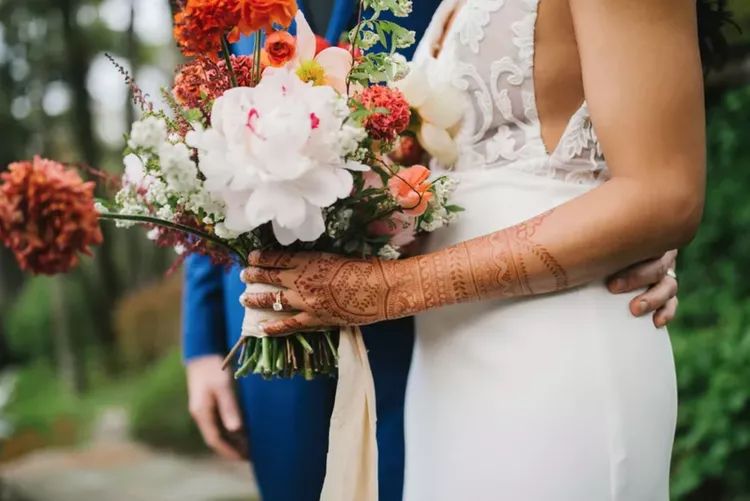
Best Mehndi Design
Origins Of Mehndi?
The origins of Mehndi can be traced back centuries ago, with a profound history deeply rooted in diverse cultures and traditions. The art of applying elaborate henna designs on the skin has been practiced through generations, embodying diverse meanings and purposes in various regions.
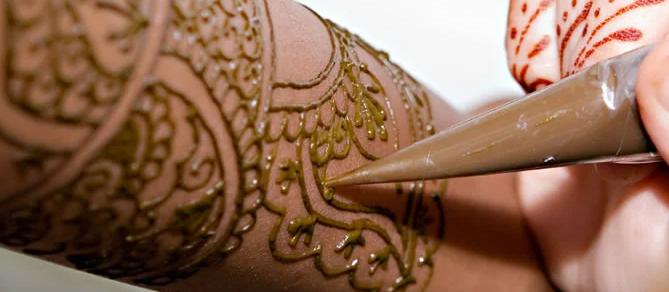
Mehndi, likewise known as henna, is presumed to have emerged in ancient Egypt and afterward was embraced by numerous cultures like Indian, Middle Eastern, and North African communities. It was traditionally employed for special occasions such as weddings, festivals, and religious ceremonies to embellish the hands and feet of women with exquisite patterns.
The elaborate designs fashioned with Mehndi are not merely visually appealing but also carry cultural importance. They frequently portray symbols signifying love, prosperity, protection against evil spirits, and other blessings contingent upon the particular motifs utilized in the design.
With time, Mehndi has evolved into a prevailing form of body art that surpasses cultural boundaries. Presently, it is not only a conventional practice but also a trendy fashion statement embraced by individuals worldwide for its loveliness and symbolism.
How Is Mehndi Dye Made?
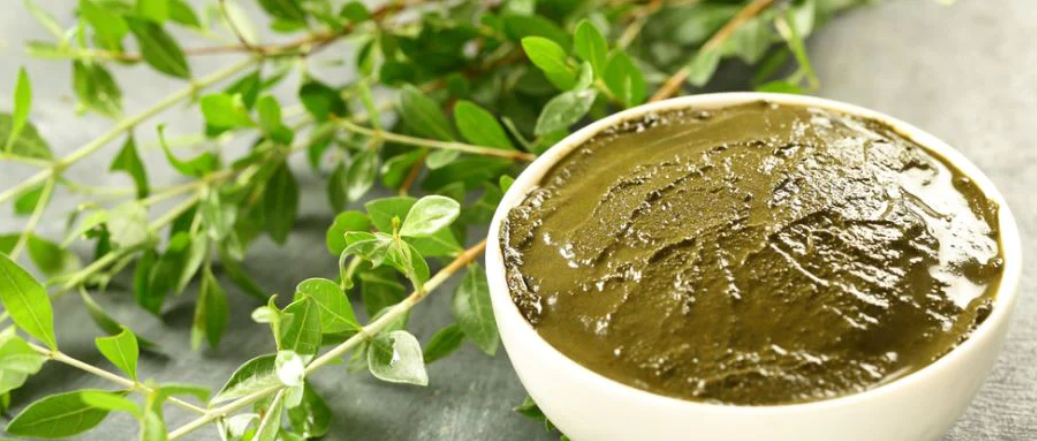
The making of Mehndi dye is usually made from the leaves of henna (phoenix flower). The following are the general production processes:
Collect the leaves of henna: Select fresh and healthy henna leaves.
Dry the leaves: Dry the leaves to reduce the moisture.
Grind the leaves: Grind the dried leaves into a powder form.
Mix with other ingredients: Some other ingredients may be added, such as coffee, lemon juice, or other natural substances to adjust the color and effect.
Storage: The Mehndi dye is usually stored in sealed containers to maintain its quality and freshness.
The specific method of making Mehndi dye may vary depending on the region and tradition. Some people may use specific formulas or add special ingredients to obtain specific colors or effects.
It should be noted that Mehndi dye may cause allergic reactions, especially for some people. Before using Mehndi dye, it is recommended to conduct an allergy test to ensure safety.
Mehndi Popular Pattern?
Among the most adored mehndi patterns, the floral design stands out. Flowers symbolize beauty, femininity, and nature, making them a prevalent option for mehndi aficionados. The delicate petals and elaborate detailing of the floral patterns lend an elegant touch to any henna creation.
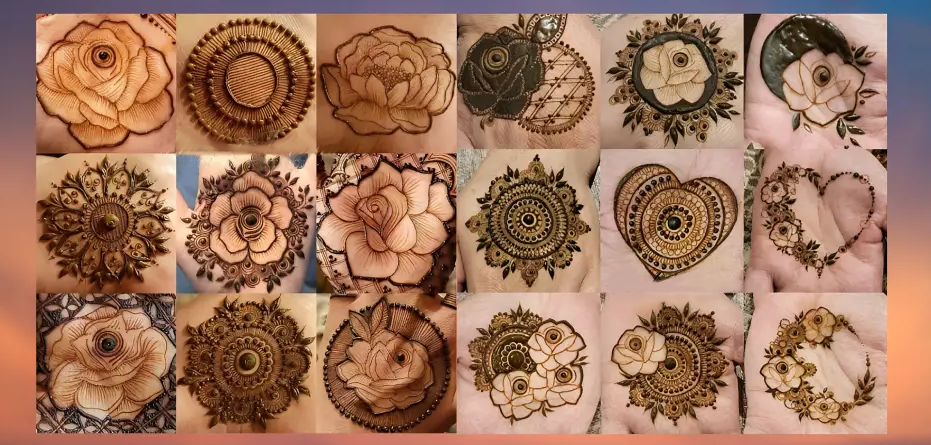
Another prevailing pattern in Mehndi art is the peacock motif. In numerous cultures, the majestic peacock Peacocks grace, beauty, and pride. Its vibrant feathers and regal demeanor make it a striking choice for those desiring to embellish their hands or feet with a symbol of elegance.
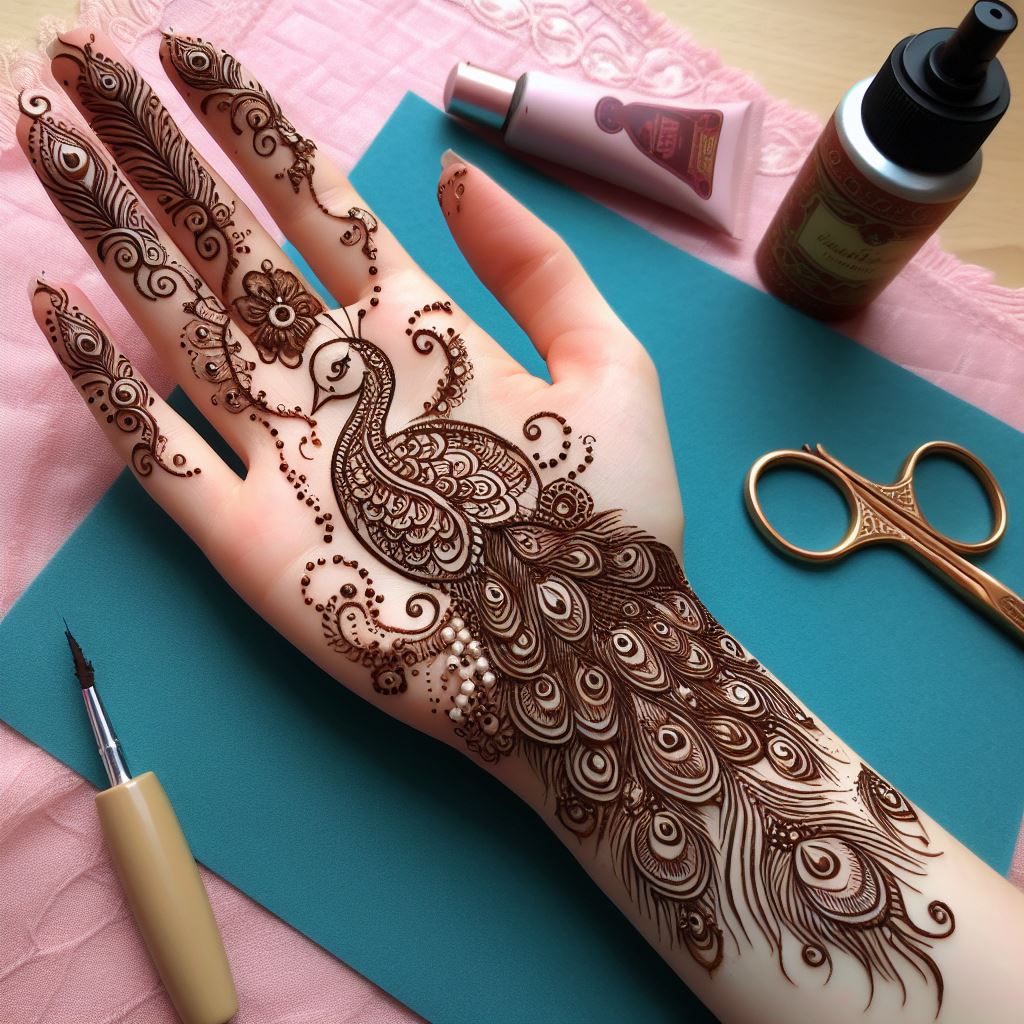
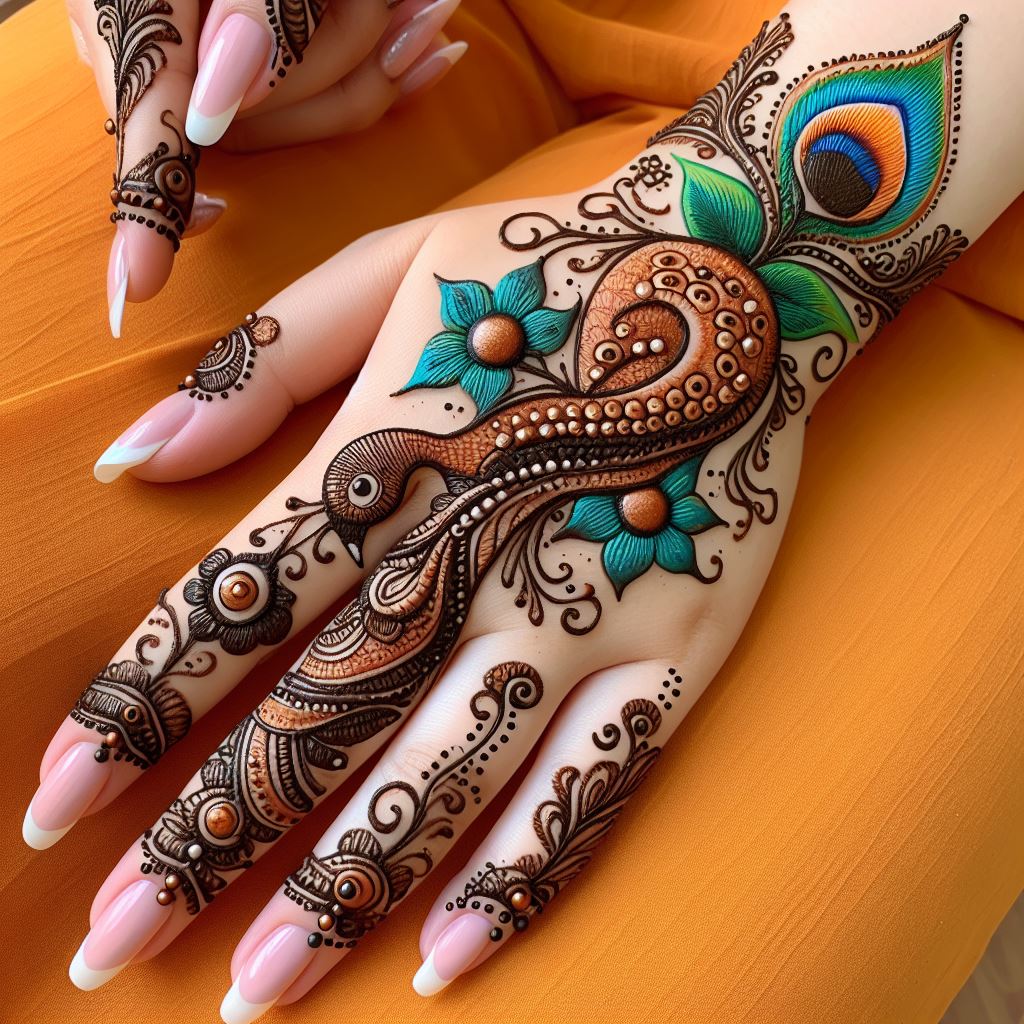
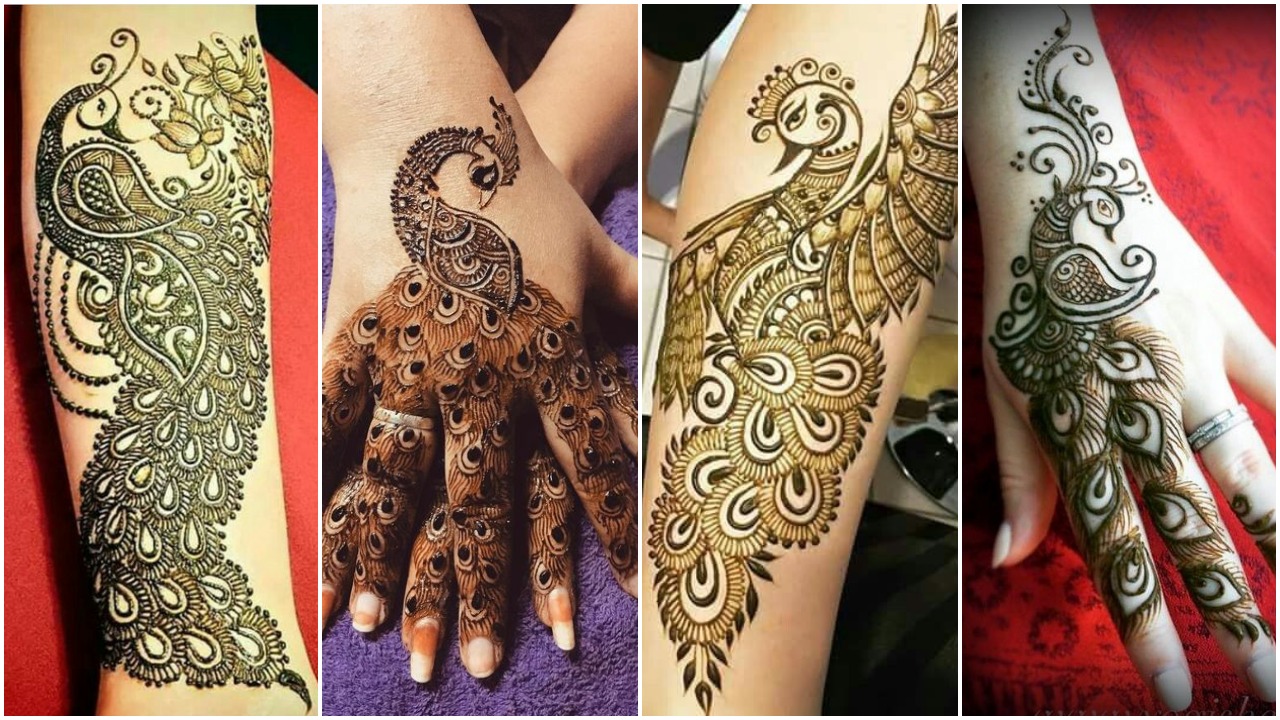
Geometric patterns also gain wide appreciation in Mehndi art. Ranging from intricate mandalas to symmetrical shapes, geometric designs present a modern twist to conventional henna patterns. These structured motifs bring a contemporary flair while retaining the essence of classic mehndi craftsmanship.
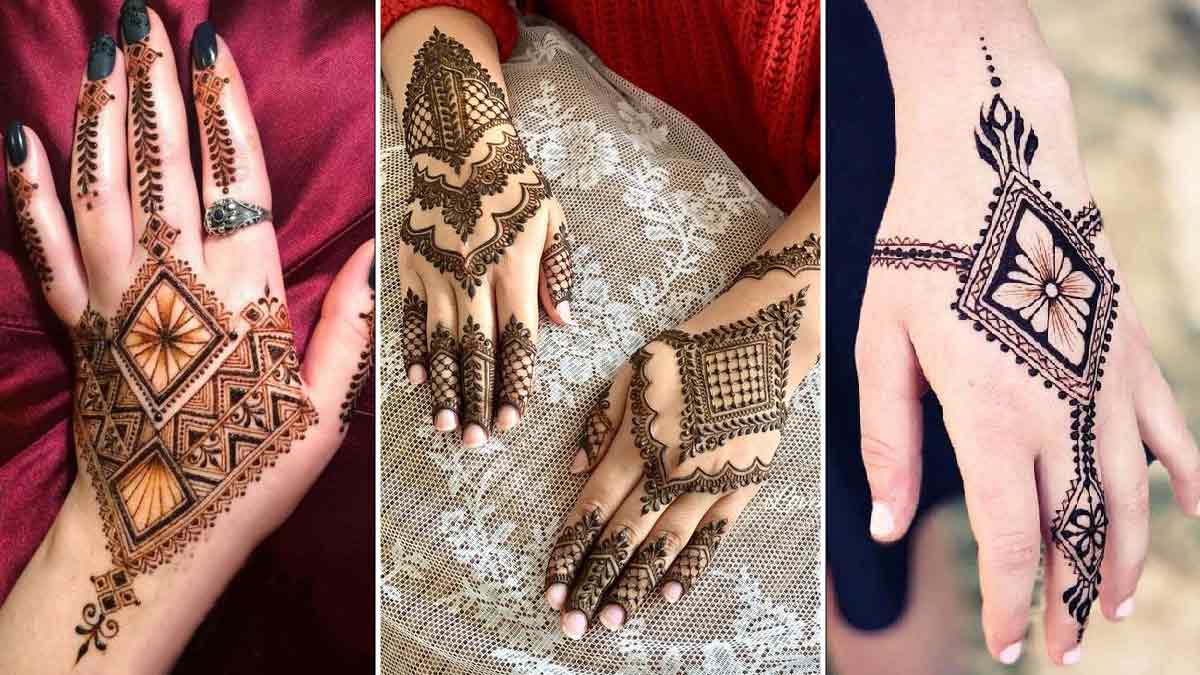
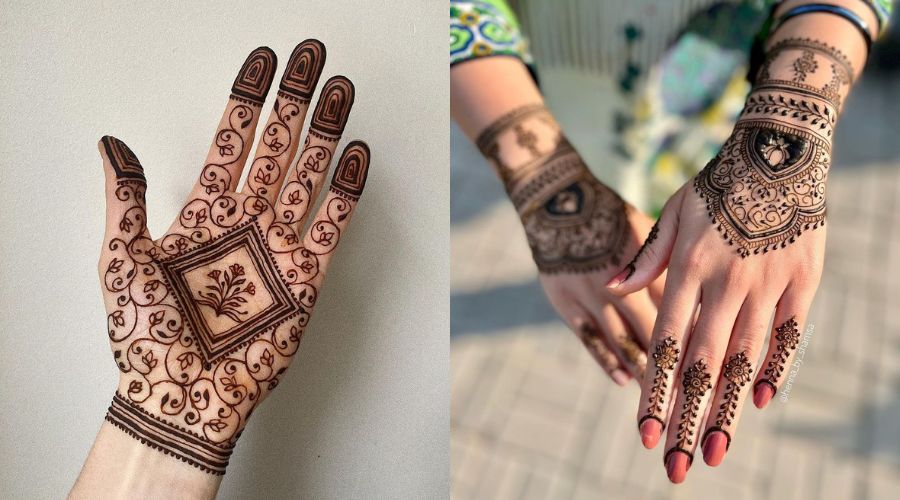
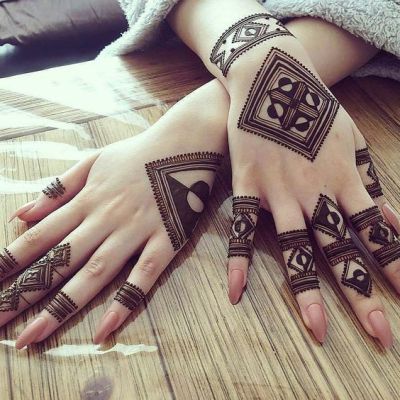
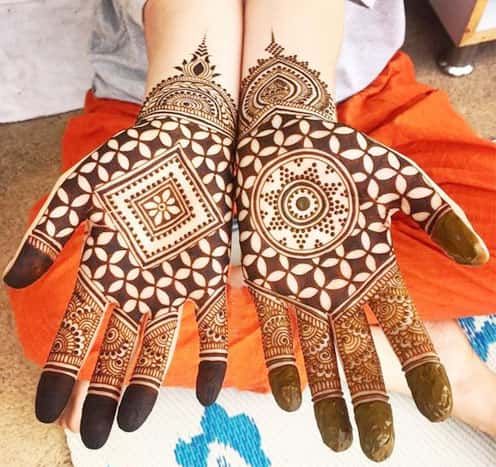
In summary, mehndi enthusiasts possess a multitude of popular patterns to select from when decorating their skin with this ancient art form. Whether choosing the elegance of floral, the grandeur of peacock, or the precision of geometric, each design tells a distinct story and adds a touch of cultural opulence to any occasion.
Table of Contents
>>Back Hand Mehndi Design
>>Full Hand Mehndi Design
>>Bridal Mehndi Design
>>Finger Mehndi Design
>>Leg Mehndi Design
>>Foot Mehndi Design
Explore The Beauty Of Fantasy Mehndi Design
Mehndi design has been an integral part of Indian culture for centuries, with its rich history and diverse styles. In this blog post, we'll explore various types of Mehndi designs and their unique features and applications.
Front Hand Simple Mehndi Design
Simple yet elegant, front-hand Mehndi designs are perfect for everyday wear or special occasions. They usually feature minimalistic patterns and are easy to apply. These designs can be customized to suit individual preferences and can add a touch of charm to any outfit.
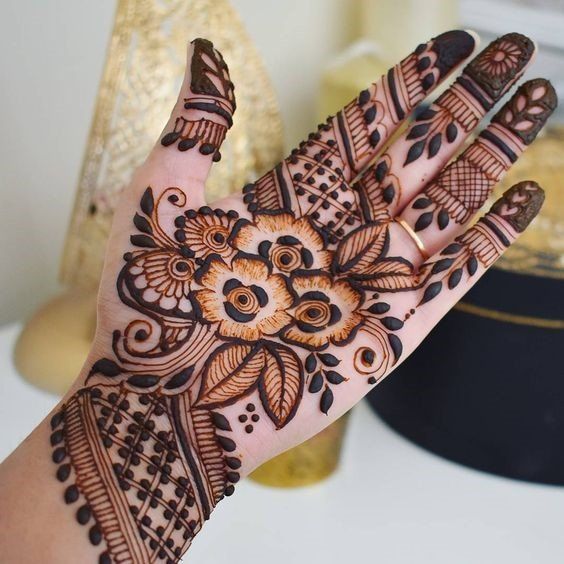
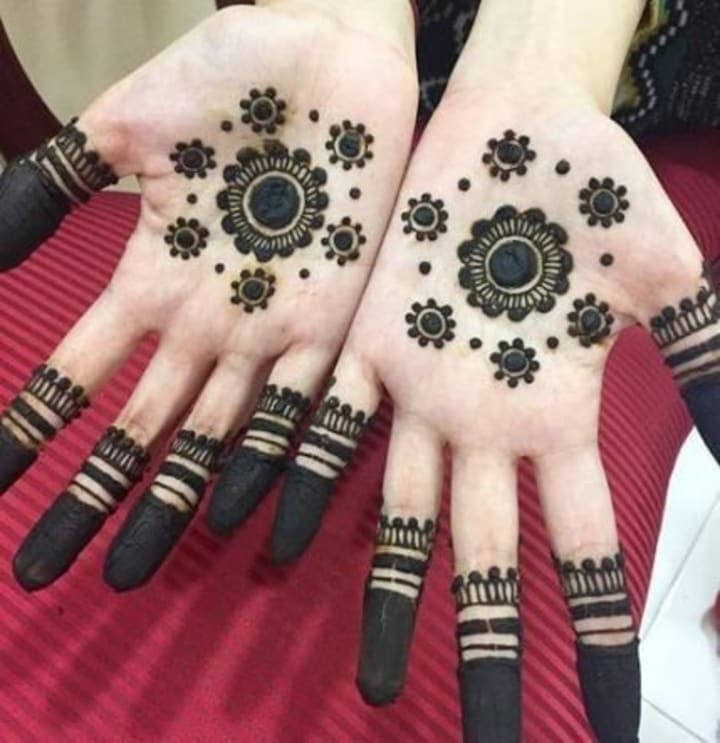
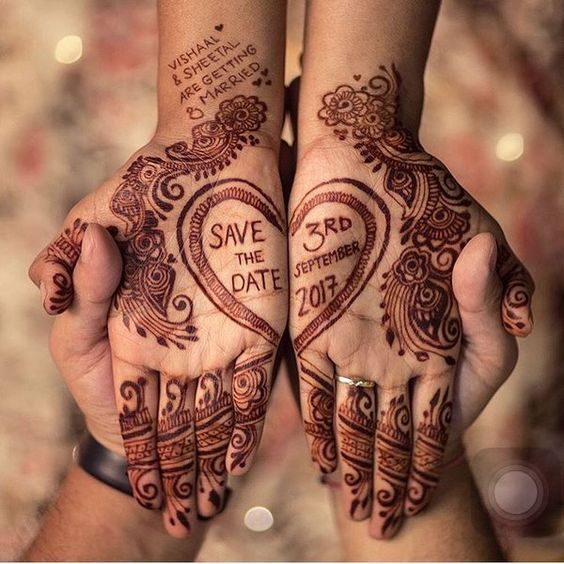
>>More Front Hand Simple Mehndi Design
Back Hand Mehndi Design
Backhand Mehndi designs offer a larger canvas for more intricate and elaborate patterns. They can be used to create a visually stunning effect and are often preferred for special events like weddings and festivals.
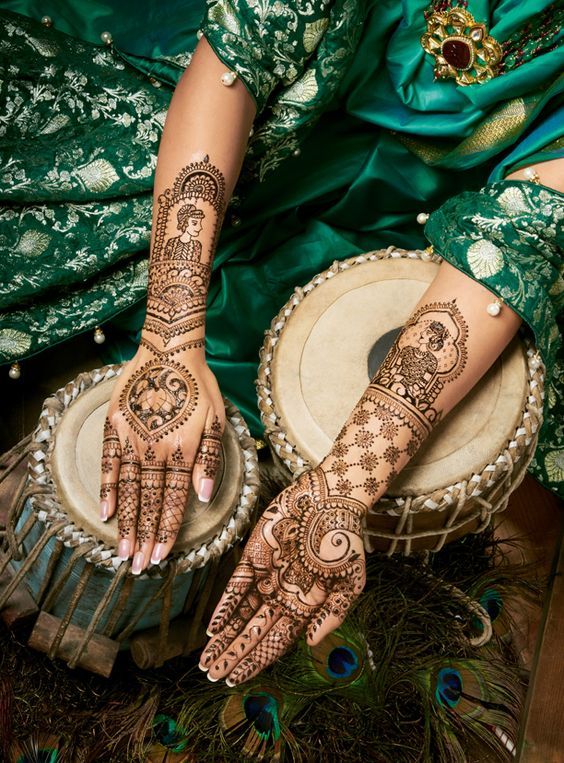
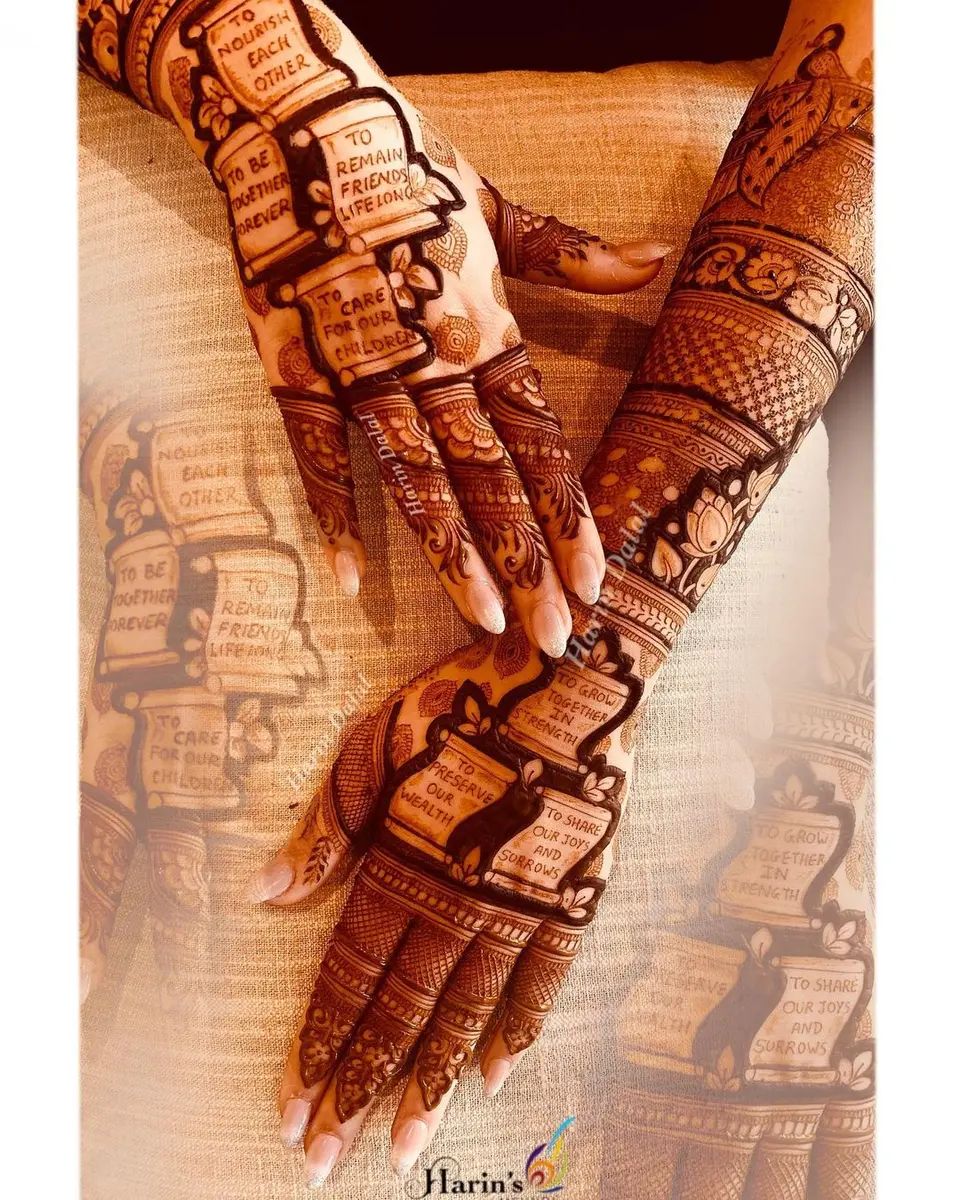
>>More Back Hand Mehndi Design
Full Hand Mehndi Design
As the name suggests, full-hand Mehndi designs cover the entire hand with elaborate and detailed patterns. These designs are a true work of art and can take hours to complete. They are commonly seen at weddings and other significant celebrations.
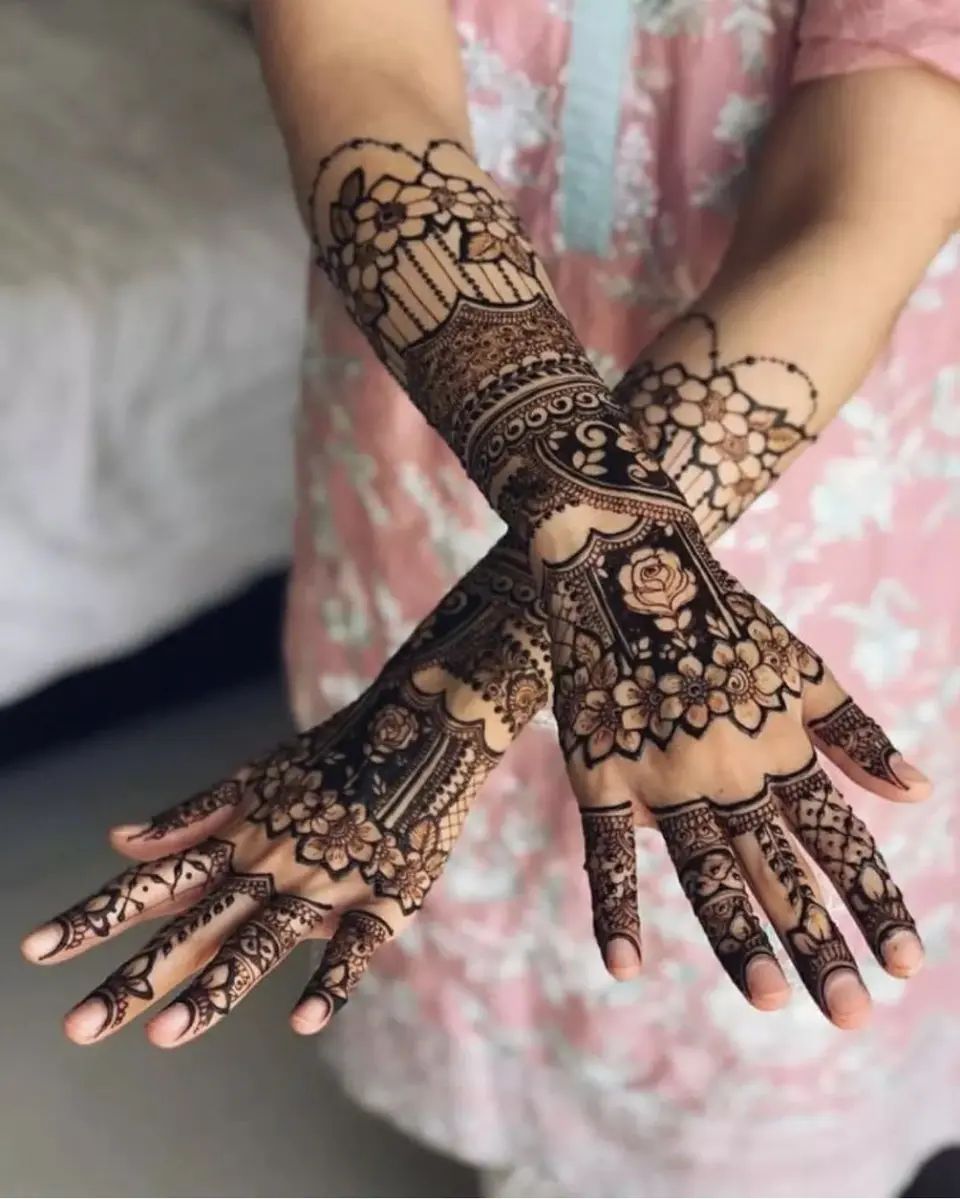
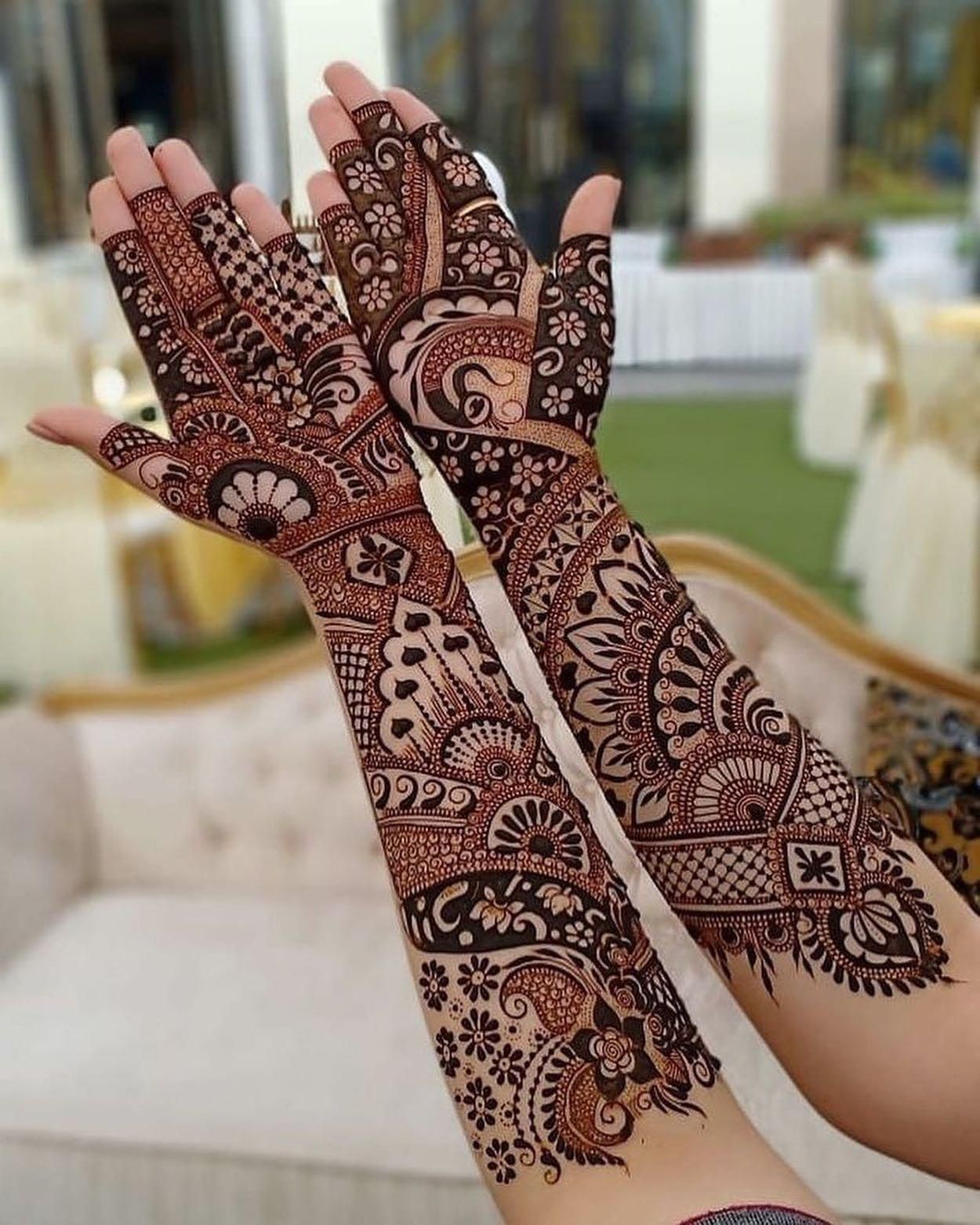
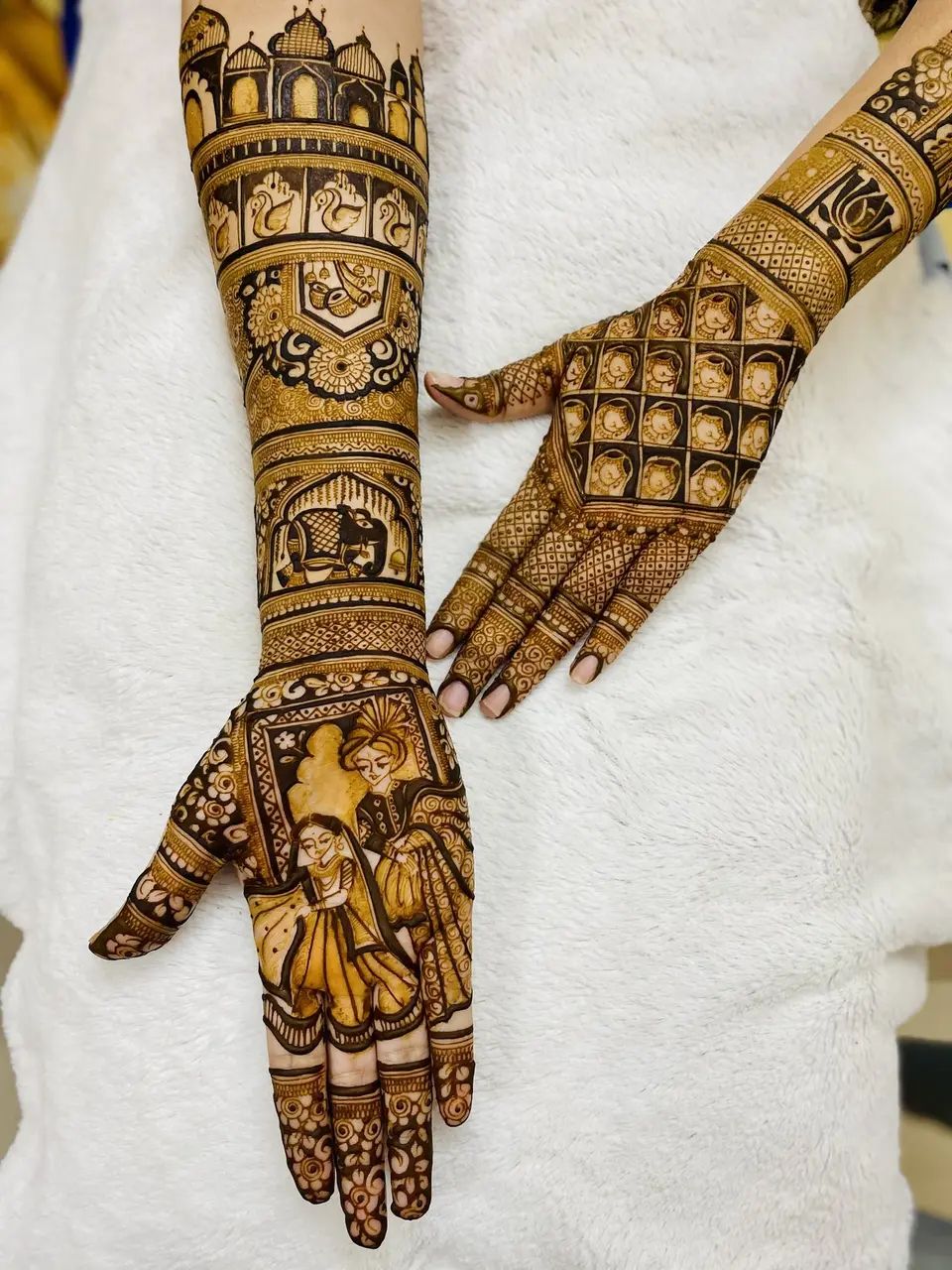
>>More Full Hand Mehndi Design
Bridal Mehndi Design
Bridal Mehndi designs are specially crafted to make the bride look extra special on her big day. These designs are often highly intricate and incorporate elements that symbolize love, prosperity, and good fortune.
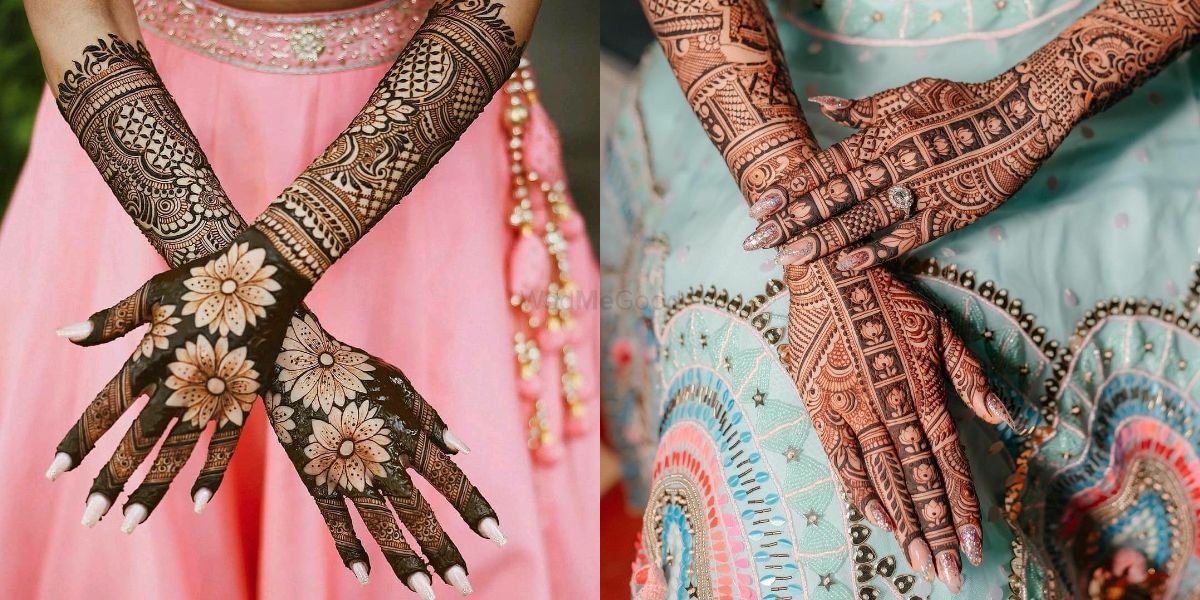
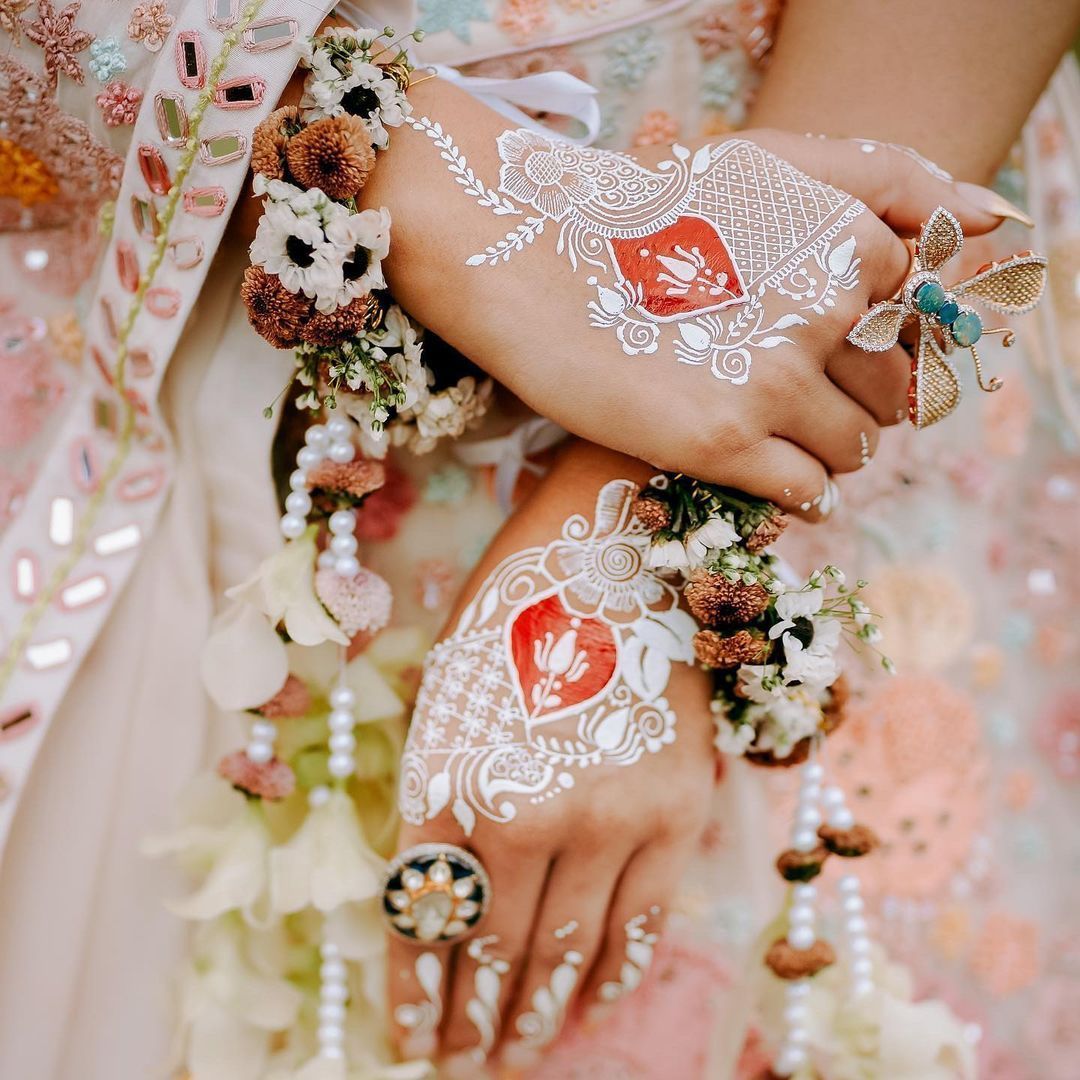
Finger Mehndi Design
Finger Mehndi designs are a great way to add a subtle touch of elegance to your look. They can be simple or complex, depending on your preference and the occasion.
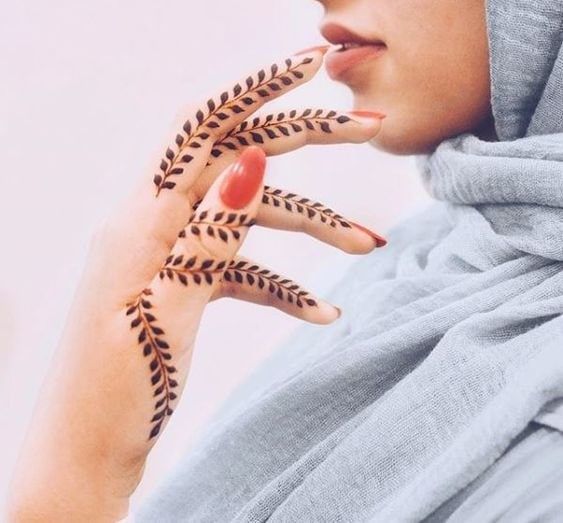
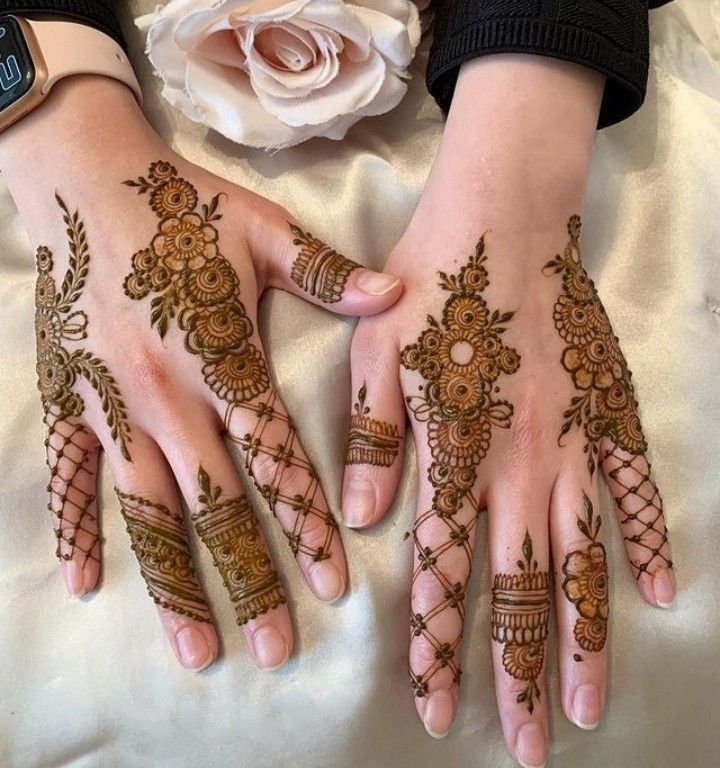
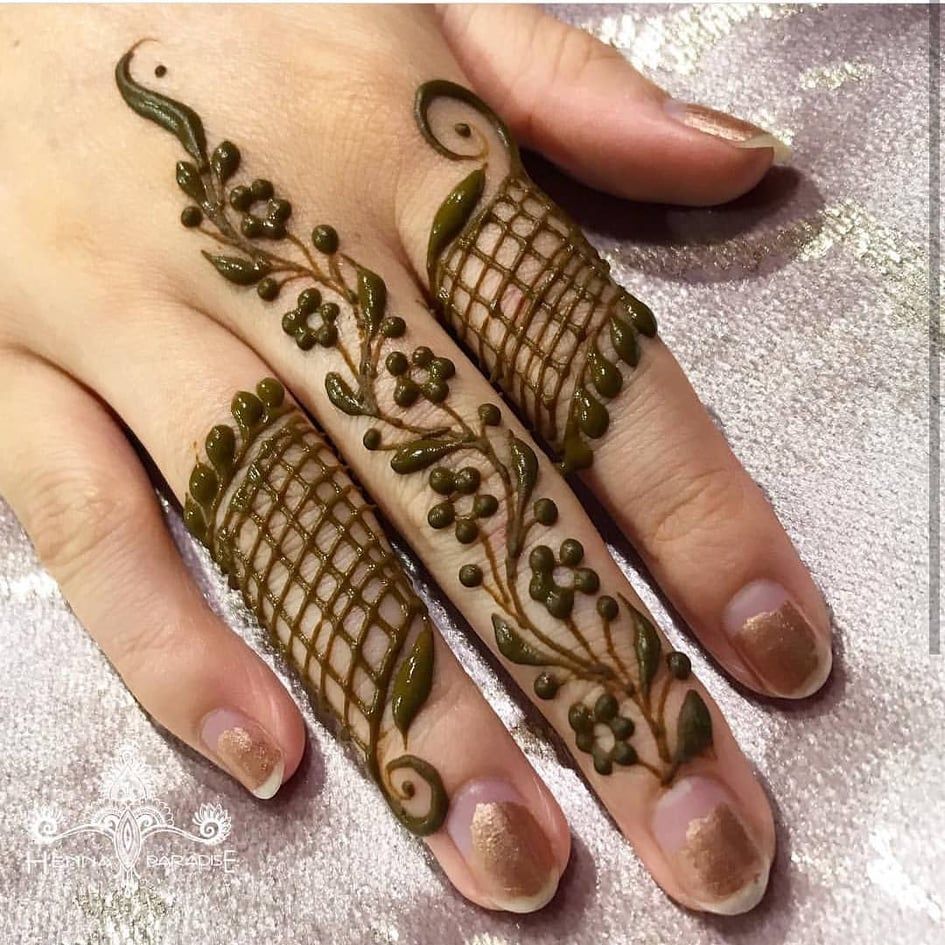
Leg Mehndi Design
Leg Mehndi's designs are becoming increasingly popular and can make a bold statement. These designs can range from simple to highly elaborate and are often used to complement the overall look.
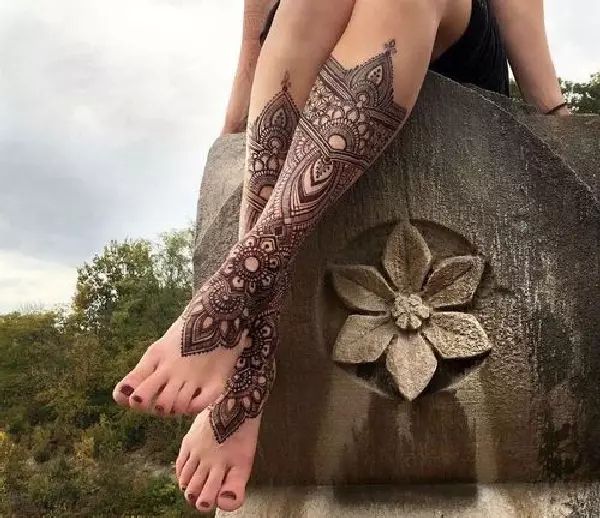
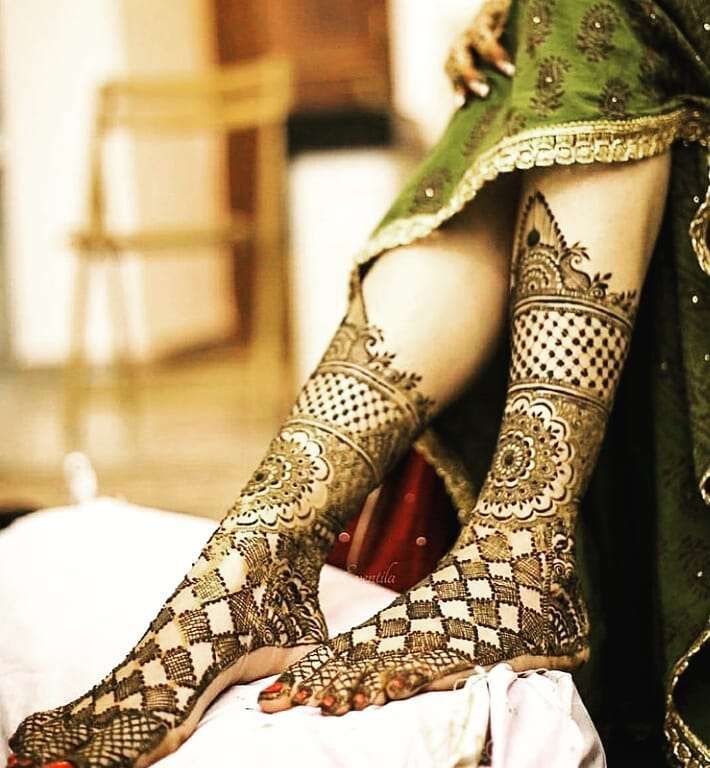
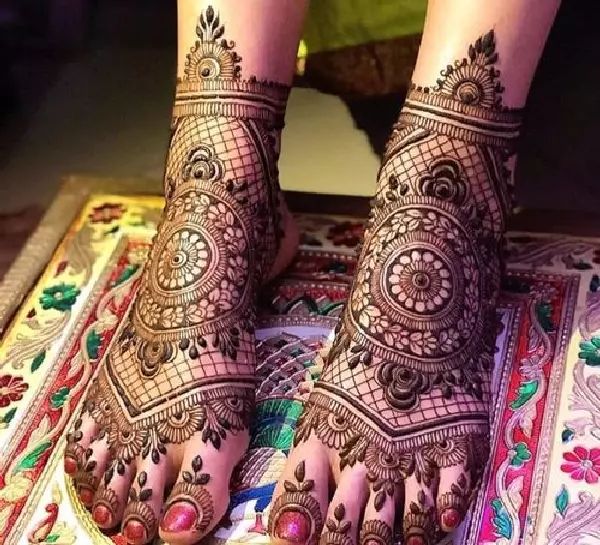
Foot Mehndi Design
Foot Mehndi designs are a great way to finish off your Mehndi look. They can be as simple or as intricate as you like and add an extra element of style to your feet.
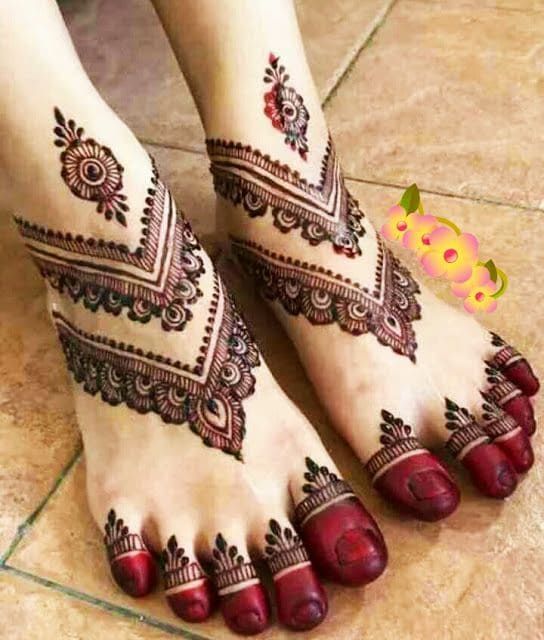
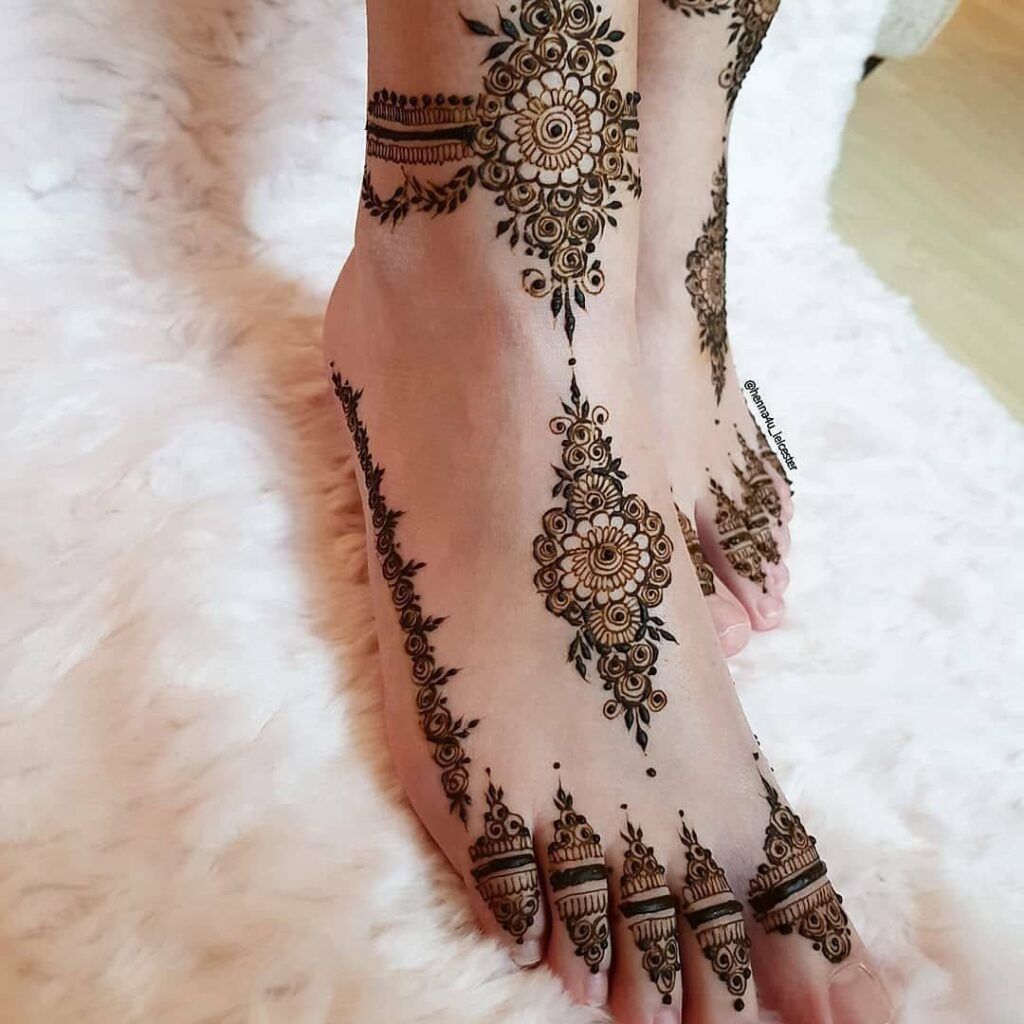
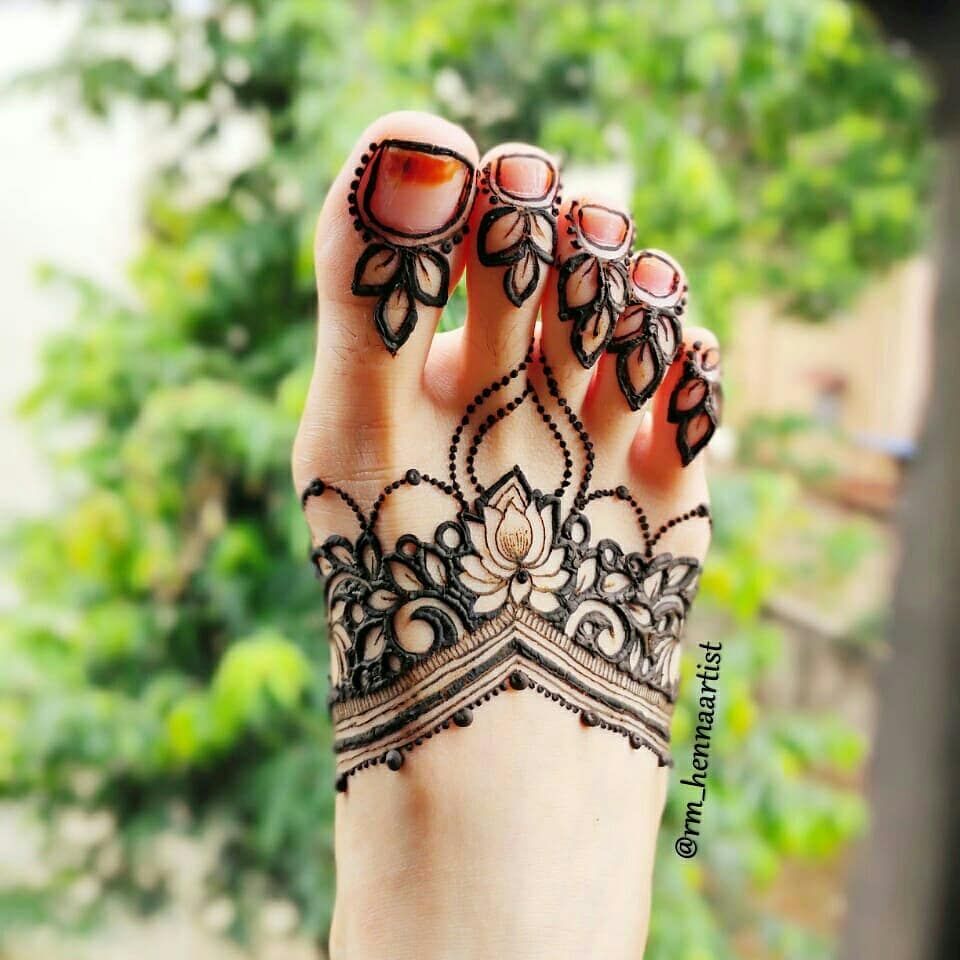
In conclusion, Mehndi design is a beautiful and diverse art form that has something to offer to everyone. Whether you prefer simple or elaborate designs, there's a Mehndi style that's perfect for you.

